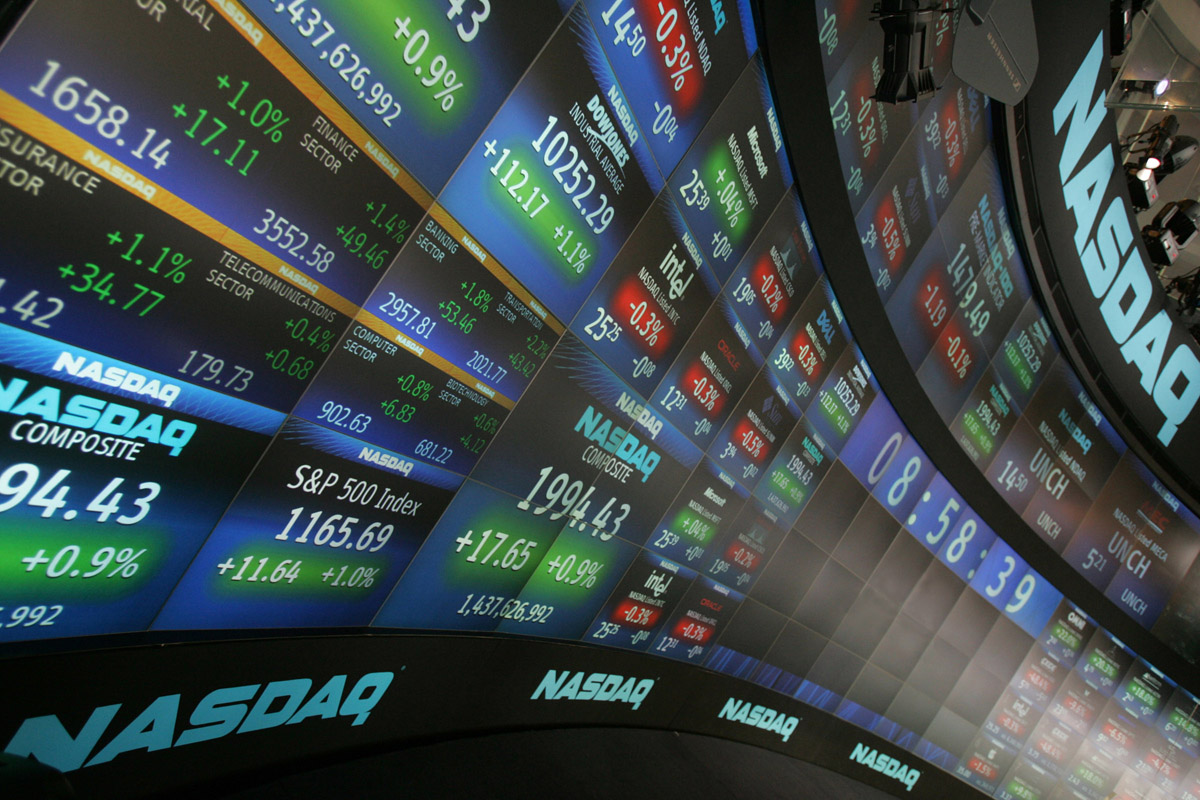Major Events of Last Week
The USA published a spate of economic indicators towards the end of last week disclosing benign inflationary results and that consumer sentiment had slumped during early September to register its lowest value this year. After economists had carefully assessed this data, they advised that these disappointing figures may well convince the Fed to implement a more restrained stance next week by delaying an interest rate until December. They added that these worse-than-expected results enhanced recent declines in global risk appetite driven by Chinese economic woes and extensive market volatility.
The University of Michigan posted its influential consumer sentiment index last Friday revealing a slump from its prior reading of 91.9 to 85.7 this time around. The major catalysts, responsible for this sizeable deterioration, were escalating expectations that slower overseas growth may soon start adversely impacting the US economic recovery. The US Labor Department added to this mayhem by presenting its Producer Price Index for last month which remained steady after achieving a 0.2% increase during July. This parameter was apparently weighed down by the strong US Dollar and constantly declining oil prices although these factors were somewhat countered by sturdy performances in key retail sectors.
Prominent analysts subsequently advised that levels of anxiety were now significantly higher before next week’s Fed meeting. They also stated that the US Central Bank will be confronted by a more difficult conundrum as they attempt to evaluate the validity of hiking interest rates for the first time in almost ten years. This is because the key features that that they will consider, when deriving an optimum decision, are currently generating conflicting signals. Specifically, the strengthening US labor market is presently being neutralized by stagnating inflation and escalating geopolitical risks. So, will the Fed possess enough nerve to hike rates despite a very confusing picture will be the burning question next week?
Check out our independent review of TradeRush for a good choice of trading platforms. See our complete list of binary options trading brokers that passed our approval checks.
What to Expect This Week
No major global data and events are scheduled to occur on Monday.
The Reserve Bank of Australia (RBA) will present the minutes from its latest policy meeting on Tuesday. The document should convey a less dovish stance than anticipated and confirm that the RBA will continue to assess financial and economic conditions in order to assess the necessity for further stimulus. The Bank of Japan (BoJ) will then announce its latest policy and interest rate decisions. Although no major changes are expected, pundits are predicting that the BoJ could well adopt a more dovish tone.
The United Kingdom will next disclose key inflationary data for August on Tuesday. Expert consensus is presently favoring that the UK’s Consumer Price Index (CPI) will grow by 0.2% on a monthly basis. The USA will terminate the session by announcing its Retail Sales for last month which is expected to climb by 0.3% compared to July’s 0.6%.
On Wednesday, the USA will reveal its own CPI for August. If this parameter confirms that inflation continues to stagnate, then such an outcome could prompt the Fed to delay an interest hike until later in the year. New Zealand will complete the day by publishing its Gross Domestic Product (GDP) for the second quarter of 2015. The economy is predicted to have expanded at a quicker pace during Q2 compared to Q1 by recording an increase of 0.6% on a quarterly basis.
The Swiss National Bank (SNB) will launch Thursday by proclaiming its interest rate and monetary easing policies. The former should remain unchanged at -0.75% and no new stimulus should be implemented on this occasion. Great Britain will then issue its Retail Sales for August which is expected to have slump to –0.2% from its prior reading of +0.4%. The key event of the week, if not the year, will then occur when the Fed announces its all-important interest rate decision. As explained above, the outcome is now very difficult to call although sizeable levels of volatility will be generated regardless of the verdict.
On Friday, Canada will declare its CPI for last month. Slowing inflation may encourage the Bank of Canada (BoC) to contemplate additional interest rate cuts and further monetary easing.







